Whether you're a seasoned seller or just starting out, understanding the terminology used on Amazon is crucial for success. Our comprehensive Amazon Seller glossary covers all the essential terms and acronyms you need to know. From understanding key performance indicators (KPIs) to mastering listing optimization, this guide will help you navigate the complex world of Amazon selling with ease.
Glossary:
A/B Testing: A method of comparing two versions of a listing or advertisement to determine which performs better.
ACoS (Advertising Cost of Sale): A metric that measures the efficiency of Amazon PPC campaigns by calculating the ratio of advertising spend to sales generated.
ASIN (Amazon Standard Identification Number): A unique identifier assigned by Amazon to each product in its catalog.
Average Order Value (AOV): The average monetary value of an order, calculated by dividing total sales revenue by the total number of orders.
Average Selling Price (ASP): The average price at which products are sold, calculated by dividing the total sales revenue by the total number of units sold.
Brand Registry: A program that helps brand owners protect their registered trademarks on Amazon, providing tools to monitor and enforce brand rights.
BSR (Best Sellers Rank): A ranking system that indicates a product's popularity in its respective category. A lower number means a higher sales rank.
Buy Box Percentage (BBP): The percentage of time a seller wins the Buy Box for a specific product, measuring competitiveness for Buy Box placement.
Buy Box: The prominent "Add to Cart" or "Buy Now" button on an Amazon product detail page. Winning the Buy Box often leads to higher sales.
Click-Through Rate (CTR): The percentage of people who click on an ad or product listing out of the total number of impressions.
Conversion Rate: The percentage of visitors who make a purchase out of the total number of visitors to a product listing or website.
Customer Acquisition Cost (CAC): The average cost incurred to acquire a new customer, including marketing expenses and promotional costs.
Customer Lifetime Value (CLTV): The estimated total value a customer brings to a business over their lifetime, helping evaluate the long-term profitability of acquiring and retaining customers.
Customer Retention Rate: The percentage of customers who continue to make repeat purchases over a specific time period, indicating loyalty and satisfaction.
Customer Reviews and Ratings: The feedback and ratings left by customers on product detail pages. Positive reviews and high ratings can improve sales and product reputation.
Customer Satisfaction: A measure of how satisfied customers are with their purchase experience, often measured through feedback, ratings, and surveys.
FBA (Fulfillment by Amazon): A program where sellers store their products in Amazon's fulfillment centers, and Amazon handles storage, packaging, and shipping.
FBM (Fulfillment by Merchant): A method where sellers fulfill customer orders themselves, handling storage, packaging, and shipping.
Gross Profit: The difference between sales revenue and the cost of goods sold, representing profit before deducting other expenses.
Hijackers: Unauthorized sellers who list and sell counterfeit or unauthorized versions of a product on an existing listing.
Inventory Performance Indec (IPI): A metric that measures a seller's inventory management and efficiency, considering factors like excess inventory, sell-through rate, and stranded inventory.
Inventory Turnover: The number of times inventory is sold and replaced within a specific time period, indicating how efficiently inventory is managed.
Lighting Deals: Limited-time promotional offers available to Amazon sellers, helping increase sales and visibility for products.
Listing Optimization: The process of optimizing product listings to improve visibility and conversion. This includes optimizing product titles, bullet points, descriptions, and backend keywords.
Net Profit: The profit remaining after deducting all expenses, including cost of goods sold, marketing expenses, Amazon fees, and other overhead costs.
ODR (Order Defect Rate): A metric that measures a seller's performance in delivering orders without issues, including negative feedback, A-to-z Guarantee claims, and chargebacks.
Order Defect Rate (ODR): The percentage of orders that have defects, such as negative feedback, A-to-z Guarantee claims, or chargebacks. It indicates the quality of customer experience.
PPC (Pay-Per-Click): An advertising model where advertisers pay a fee each time their ad is clicked. Amazon offers PPC advertising services for sellers to promote their products.
Private Label: A business model where sellers create their own branded products, typically by sourcing from manufacturers and adding their own branding and packaging.
Return on Investment (ROI): The ratio of net profit to the total investment, measuring the profitability of an Amazon business relative to the resources invested.
Reviews: Customer feedback left on product detail pages. Positive reviews can help improve sales, while negative reviews can impact reputation.
Sales Revenue: The total amount of money generated from product sales within a specific time period.
Seller Central: The online platform where sellers manage their Amazon business, providing tools for inventory management, order fulfillment, customer service, and reporting.
Seller Feedback Rating: The rating based on customer feedback about a seller's performance. A higher rating signifies better customer satisfaction and can improve sales.
SKU (Stock Keeping Unit):A unique identifier used by sellers to track inventory and manage products.
Sponsored Products: A type of Amazon PPC advertising where sellers promote individual products, appearing in search results and product detail pages.
Stockout Rate: is the percentage of time a product is not available to meet customer demand.
Units Sold: The total number of units sold within a specific time period.
UPC/EAN (Universal Product Code/European Article Number): Barcodes used to uniquely identify products, often required for listing products on Amazon.
Want this Amazon Glossary in your inbox? Sign up with your email, and we'll send you the guide packed with all the essential terms and definitions every Amazon seller needs to know.
Stay ahead of the game and make sure you're fully equipped to navigate the Amazon marketplace like a pro.
Enter your email below and get the ultimate Amazon seller glossary delivered right to you!

